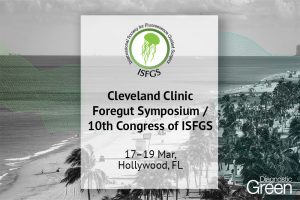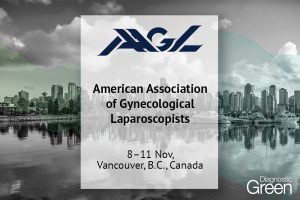Economic Health Technology Assessment (HTA) Approach on Surgical Endoscopy Procedures using Indocyanine Green (ICG)
Authors: Vettoretto, N; Foglia, E; Ferrario, L; Gerardi, C; Molteni, B; Nocco, U; Lettieri, E; Molfino, S; Baiocchi, G.L; Elmore, U; Rosati, R; Currò, G; Cassinotti, E; Boni, L; Cirocchi, R; Marano, A, Petz, W.L; Arezzo, A; Bonino, M.A; Davini, F; Biondi, A; Anania A; Agresta, A; Silecchia, G.
This paper offers a summary of a number of key findings published in Surgical Endoscopy, April 2020.
Could fluorescence‑guided surgery be an efficient and sustainable option? A SICE (Italian Society of Endoscopic Surgery) health technology assessment summary.
A paper published in Surgical Endoscopy, April 2020, undertook a Health Technology Assessment (HTA) approach to investigate the economic, social, ethical and organizational implications related to the adoption of ICG based fluorescence guided surgery, summurizing the key findings.
With the support of a multidisciplinary team, qualitative and quantitative data were collected, by means of literature evidence, validated Questionnaires and self reported interviews. Research included a systematic search of literature. This present paper, under the patronage of Italian Society of Endoscopic Surgery, based on an Health Technology Assessment (HTA) approach, supports “the use of fluorescence guided vision in minimally invasive surgery, ….as an efficient and economically sustainable technology”.
The use of fluorescence guided vision in minimally invasive surgery, ….as an efficient and economically sustainable technology
Recently image-guided by indocyanine green (ICG) fluorescence has been introduced in minimally invasive clinical practice. The fluorescence approach is detected thanks to special cameras that are sensitive to the nearinfrared (NIR) spectrum. Indocyanine Green (ICG) absorbs Near-infrared light (NIR) at wavelengths of 800 to 810 nm. This fluorophore emits fluorescence at 830 nm when bound to tissue proteins if excited, with specific wavelength light in the Near-infrared light (NIR) spectrum (w820 nm).
85% of those interviewed believe Indocyanine Green (ICG) Fluorescence Guided Surgery will become standard in the near future
Fifty-six surgeons working in both teaching and community, public and private hospitals (covering 75% of the Italian regions), answered a questionnaire. 66.1% of the respondents already used fluorescence during their everyday practice. 63.3% of the surgeons consider Indocyanine Green (ICG) fluorescence guided surgery as an improvement of their practice, while 62.5% think that this technology can help in surgical education. When asked about the potential growth of Indocyanine Green (ICG), 85% of those interviewed believe that it has the potential to become a standard vision technology, in the near future.
“The use of ICG is perceived as improving the precision of the surgical technique, the identification of the blood vessels, allowing for a better image quality compared with standard white light”
To read the full summary of the paper click here
Full reference Source: Could fluorescence‑guided surgery be an efficient and sustainable option? A SICE (Italian Society of Endoscopic Surgery) health technology assessment (HTA) summary




